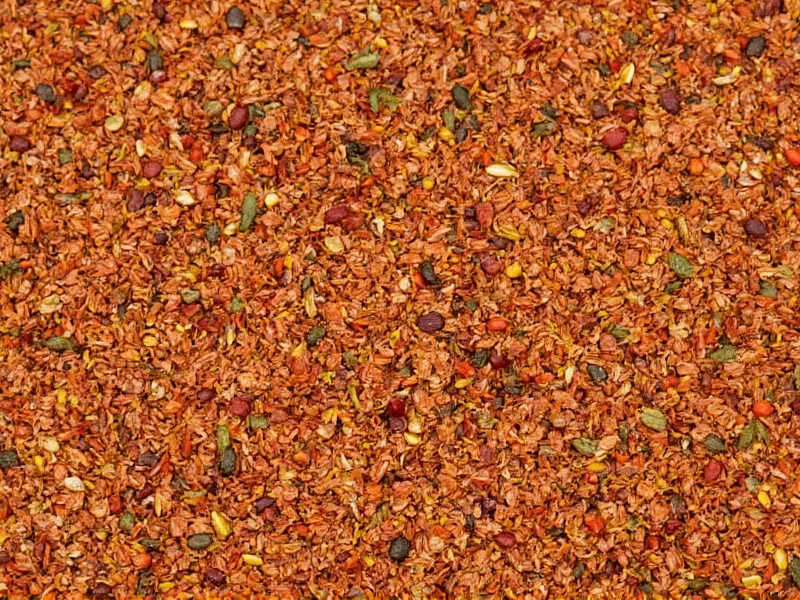Understanding what defines seasoning is fundamental to culinary success. Seasoning isn't merely about making food taste 'spicy'—it's the strategic application of flavor enhancers that transforms ingredients into balanced, delicious dishes. Professional chefs consider seasoning the cornerstone of cooking technique, affecting how we perceive texture, aroma, and overall enjoyment of food.
What Exactly Constitutes Seasoning?
Seasoning encompasses all ingredients added to food primarily for flavor enhancement. This broad category includes:
| Seasoning Category | Common Examples | Primary Function |
|---|---|---|
| Salt varieties | Table salt, sea salt, kosher salt, smoked salt | Enhances natural flavors, suppresses bitterness |
| Acids | Lemon juice, vinegar, wine | Brightens flavors, cuts richness |
| Herbs | Basil, thyme, cilantro, parsley | Adds freshness and aromatic complexity |
| Spices | Pepper, cumin, paprika, cinnamon | Provides warmth, depth, and complexity |
| Aromatics | Garlic, onion, ginger, shallots | Builds flavor foundation |
Seasoning vs. Spices: Clearing the Confusion
Many people use "seasoning" and "spices" interchangeably, but they're not synonymous. Spices represent just one category within the broader seasoning spectrum. Spices specifically refer to dried seeds, fruits, roots, or bark from tropical plants (like cinnamon, turmeric, or black pepper). Seasoning, however, includes all flavor-enhancing ingredients—salt, acids, herbs, spices, and even umami boosters like soy sauce.
When exploring what is seasoning in cooking, remember that salt serves as the most fundamental seasoning agent. It doesn't merely add 'saltiness' but actually modifies how our taste receptors perceive other flavors, making it indispensable in virtually all savory preparations.
The Science Behind Effective Seasoning
Proper seasoning works through several physiological mechanisms:
- Flavor enhancement: Salt reduces bitterness while amplifying sweet and umami notes
- Texture modification: Salt can alter protein structures, affecting mouthfeel
- Aroma release: Acids help volatile flavor compounds become more perceptible
- Balance creation: Proper seasoning creates harmony between sweet, sour, salty, bitter, and umami elements
Understanding how to properly season food requires recognizing that different seasonings penetrate ingredients at varying rates. Salt, for instance, moves through food via diffusion, which is why salting meats well in advance yields more evenly seasoned results than adding salt only at the end of cooking.
When to Season: Timing Matters
Mastering basic seasoning techniques for beginners involves understanding timing:
- Early seasoning: Adding salt during cooking allows it to penetrate ingredients (essential for soups, stews, and braises)
- Middle-stage seasoning: Adding dried herbs and robust spices partway through cooking
- Finishing touches: Delicate fresh herbs, acids, and finishing salts added just before serving
Many home cooks make the mistake of only seasoning at the end of cooking. For complex dishes, effective seasoning happens in layers—throughout the cooking process—to build depth of flavor. This approach to when to add seasoning during cooking creates more nuanced, professional-quality results.
Cultural Approaches to Seasoning
Culinary traditions worldwide have developed distinctive seasoning profiles:
- Mediterranean: Olive oil, garlic, lemon, oregano, and basil form the flavor foundation
- East Asian: Soy sauce, rice vinegar, ginger, and sesame oil create balanced umami profiles
- Latin American: Lime, cilantro, cumin, and chili peppers provide bright, complex layers
- Indian: Complex spice blends (masalas) toasted to release essential oils
Learning common seasoning ingredients across cultures helps develop a more versatile palate and cooking approach. Rather than viewing seasoning as simply 'adding flavor,' consider it as participating in centuries of culinary tradition refined to enhance local ingredients.
Practical Seasoning Tips for Home Cooks
Implement these evidence-based techniques to improve your seasoning skills:
- Season in increments: Add small amounts, taste, and repeat—never dump seasoning all at once
- Consider carryover cooking: Dishes continue to cook off-heat, intensifying flavors
- Balance the five tastes: Adjust sweet, sour, salty, bitter, and umami elements for harmony
- Use high-quality salt: Different salts provide varying crystal sizes and mineral profiles
- Toast spices: Dry-toast whole spices before grinding to maximize flavor release
Remember that proper seasoning isn't about making food taste ' salty'—it's about making ingredients taste like their best possible versions of themselves. When executed correctly, seasoning should be imperceptible as a separate element, simply making the entire dish more delicious and complete.











 浙公网安备
33010002000092号
浙公网安备
33010002000092号 浙B2-20120091-4
浙B2-20120091-4